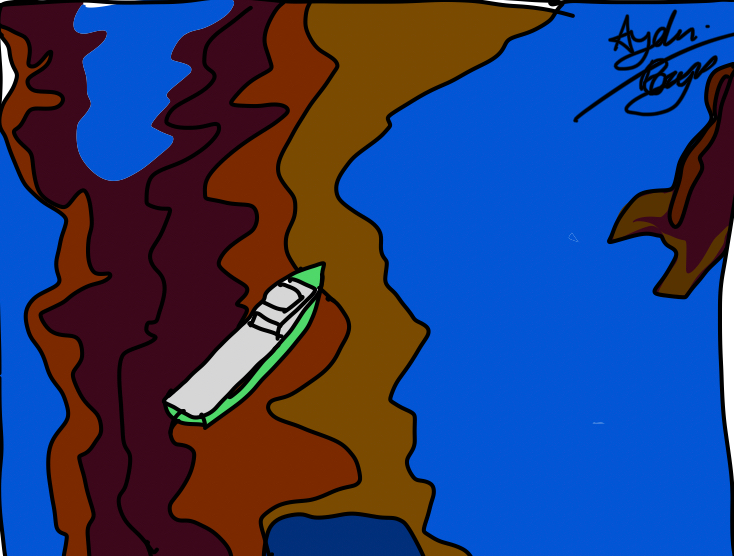Oil Spills, the Deadly Stain on our Oceans and Coast

On 20th April 2012, the world experienced the biggest oil spillage ever when the oil drilling rig Deepwater Horizon suffered a massive explosion when methane gases rose up into the drilling rig where it ignited, exploded and sunk, killing 11 workers and injuring 17. 2 days later, the oil spill was spotted from the former rig site, spanning a massive 180,000 square kilometres of water and affecting 8,300 marine species including more than 1,270 fish, 210 birds, 29 sea mammals and more. The story above shows the effect of an oil spill, but in order to understand it fully, we need to start with the basics.
Oil spills, to be put simply, are when large amounts of petroleum leak into a large body of water. Some infamous examples of oil spills include Deepwater Horizon, but there have been incidents in the past as well. Oil spills were a huge problem in the 1960s as a result of intensified drilling on oil rigs and the sinking of supertankers carrying more than 500,000 metric tons of oil. Now that is a lot! Thankfully now these incidents are rare as, over the years, environmental regulations and strict shipping have been put in place. Nevertheless, there can still be smaller leaks, like from well discharges on oil rigs and tankers leaking still happen. And the environmental consequences can be tragic…
Oil spills are dangerous for our environment in every way. If a fur or feather-bearing mammal gets into contact with oil, it may die of hypothermia. Additionally, it blocks sunlight from penetrating the surface and reduces the level of dissolved oxygen. And even worse, if a marine animal ingests oil, it will most likely be toxic to them and can result in death. Oil spills can even affect human life. The oil may spread to coasts, estuaries and any opening to a smaller body of water. If the oil reaches a coast or populated coastline, the water can become contaminated and affect water sports businesses and can pollute the drinking water supply.
There are many ways to clean up oil spills, like the use of oil brooms, a fence-like device that can stop the spread of oil. Other ways to clean up the oil are the use of absorbents and skimmers. There is no way to fully prevent an oil spill, however, as accidents can happen that discharge oil.
To summarize everything above, the oil spill is a large discharge of petroleum that affects both marine life and human life in a negative way. There are effective ways to clean oil, but there is no way to fully prevent a spill as of now. My insight on this topic is that: Humans have definitely learned from their mistakes in the 1960s and have found a good way to combat spills, and hopefully, in the future, we can no longer worry about spills.
References
https://oceanservice.noaa.gov/facts/oilimpacts.html
https://www.britannica.com/science/oil-spill
Author Biography
Aydin Ismail Razeen is a 13-year-old teenager who likes to draw, write and hang out with his friends. He joined Leaders of Tomorrow 2023 to learn leadership qualities and how to become a responsible leader. He also likes to play video games and read books in his free time.
Cite this article as:
Aydin Ismail Razeen, Pollution: The effects on Our Health, Future and Environment, theCircle Composition, Volume 4, (2023). Oil Spills, the deadly stain on our oceans and coast - theCircle Composition
